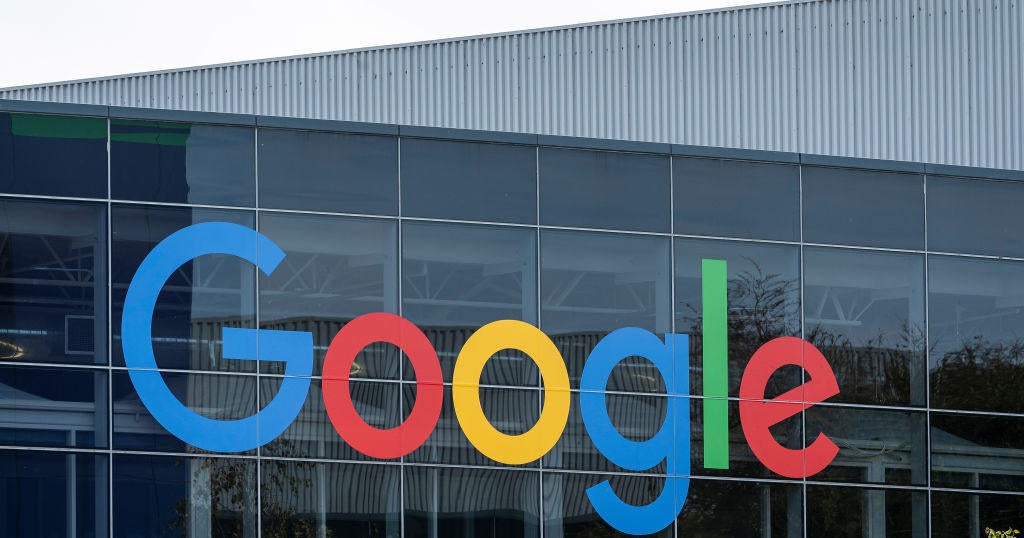What the holidays are telling us about the future of work
In Sheboygan, Wisconsin, shoppers hoping to bring their children to the mall for a traditional sit-down with Santa are out of luck this year.
Faced with a steady decrease in customers and an aging building, the city's Memorial Mall closed down recently, taking its mall Santa with it. One Yelp reviewer called it "the saddest mall I have ever seen," noting that it looked like "a scene out of a horror or dystopian film."
Less than two hours away from Sheboygan, another type of retailer is thriving in Wisconsin: Amazon.com (AMZN). The online retailing giant opened its Kenosha warehouse in 2015, employing 1,500 full-time workers in a modern plant. This summer, Amazon hosted a job fair at the Wisconsin warehouse as part of an effort to hire 50,000 people for packing and shipping jobs -- in one day.
While less than 100 miles apart, the mall and Amazon's warehouse illustrate the flip sides of one of America's biggest industries -- retail. Profound changes to the sector are raising questions, and stirring anxiety, as some stores shutter locations and others hire, spurred largely by Americans' embrace of e-commerce. Almost 16 million Americans -- or one of 10 in the labor force -- work in retail, eclipsing employment in manufacturing, education and construction.
Holiday retail sales so far this year demonstrate why Americans are increasingly skipping the mall and shopping online instead. "Cyber Monday" this week was America's largest-ever online shopping day, with about $6.6 billion in spending. By comparison, Black Friday shoppers, including those who visited brick-and-mortar stores spent about $5 billion, according to Adobe Analytics.
The retail industry has been in flux for decades, of course, with giants like Walmart (WMT) and other big-box stores long ago changing the commercial face of cities and towns across the US. But the process has been especially visible of late, with more than a dozen retailers declaring bankruptcy this year, including Toys "R" Us and The Limited.
Yet while those high-profile collapses have prompted talk of a "retail apocalypse" and fears of massive job losses, some experts think predictions of retail's demise have been greatly exaggerated.
"In fact, total retail employment -- having fallen in the 2008-9 recession -- has bounced back to recently hit a new high," said Dan Wang, an analyst at Gavekal Research, in a research note, noting the surge in hiring spurred by e-commerce. Warehousing and fulfillment jobs have increased by about 85 percent to 1 million positions since 2000, according to his report. Couriering jobs have grown by about 15 percent, while non-store retailers now employ about 600,000 people, up from 500,000 in 2000.
"There is an often stated view that the shift to online retailing is creating low-wage drone work in fulfillment centers or badly paying 'gig' jobs to the determent of 'real' positions, which are being lost," Wang wrote. But that picture is incorrect, he added.
For one, traditional retail jobs are notorious for low pay and meager benefits. Only about 8 percent of retail workers have what would be considered a "good" job, or one that pays at least $15 an hour and includes benefits such as health care, paid leave and full-time hours, according to a recent survey of more than 1,000 retail workers by the Fair Workweek Initiative, a left-leaning advocacy group.
Those warehouse jobs might not pay $15 an hour either, but they tend to have higher wages than that earned by most retail workers. That's likely due to the fact that technology is boosting the productivity of warehouse workers, allowing wages to grow faster than traditional workers like cashiers or stockers. Online retail workers' productivity rose about 60 percent since 2007, compared with a 25 percent rise in the retail sector as a whole, he added.
Workers at Amazon warehouses report higher pay than the typical Walmart store associate earns, according to Indeed.com. The typical sales associate at Walmart -- the largest private employer in the U.S. -- earns $9.36 an hour, according to more than 8,700 salary reports on the employment site. By comparison, the typical warehouse worker at Amazon earns about one-third more per hour, with an average hourly wage of $12.31, according to more than 9,300 pay reports at Indeed.com.
"The next decade will see plenty of famous retail names disappear. Others will adjust to the new environment, as Walmart's latest results suggest it is doing," Wang predicted. "That process will be disruptive, but there is no evidence that it is economically debilitating for both customers and for employees and therefore no bad thing for the economy more broadly."



